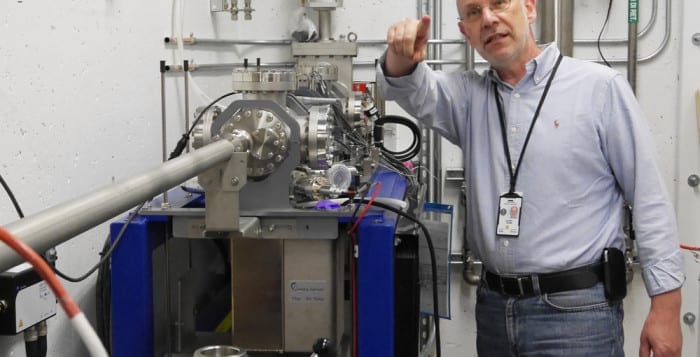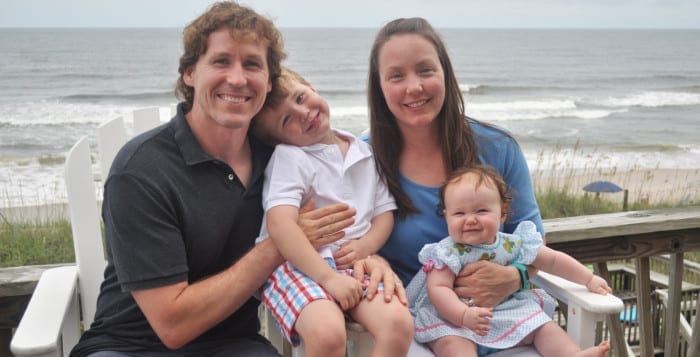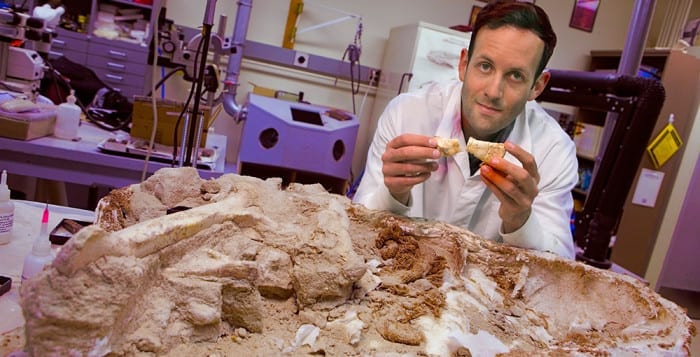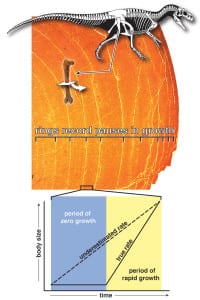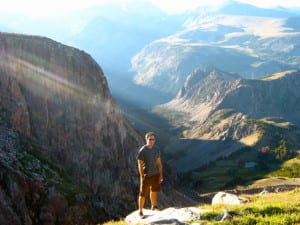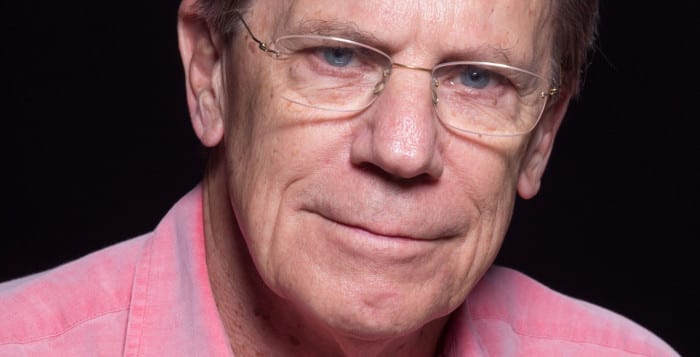He’s waited six years. He left his home country of Germany, bringing his wife and children to Long Island.
Now, months after first light and just weeks before the first experiments, Juergen Thieme is on the threshold of seeing those long-awaited returns.
A physicist at Brookhaven National Laboratory and adjunct professor at Stony Brook, Thieme is responsible for one of the seven beamlines that are transitioning into operation at the newly minted National Synchrotron Light Source II. The facility allows researchers to study matter at incredibly fine resolution through X-ray imaging and high-resolution energy analysis.
“We have invested so much time and so much energy into getting this thing going,” Thieme said. “When you open the shutter and light is coming to the place where it’s supposed to be, that is fantastic.”
The beamline is already overbooked, Thieme said. Scientists have three proposal submission deadlines throughout the year. The most recent one, which ended on June 1, generated over 20 submissions, which Thieme and the beamline team read through to check their feasibility and then send out for a peer review.
The proposals include studies in biology, energy, chemistry, geosciences, condensed matter and materials science.
One of the drivers for the construction of the $912 million facility was developing a greater understanding of how batteries work and how to store energy.
“Although batteries are working very well already, there is room for improvement,” Thieme said. The importance of energy storage suggests that “even a small improvement can have a huge impact.”
Indeed, when he returns to Germany and drives through the countryside, he sees thousands of windmills creating energy. Wind speed and energy demands are not correlated, he said. “There is a need for an intermediate storage of energy.”
The NSLS-II also has the potential to improve commercial industries. Mining rare earth elements, which have a range of application including in cell phones, is a potentially environmentally hazardous process. By using the NSLS-II, scientists can see how bacteria might change oxidation states to make the materials insoluble, making them easier to obtain.
For years, Thieme was on the other side of this process, sending proposals to beamlines to use his training in X-ray physics and X-ray optics to conduct environmental science projects, including analyzing soils.
Six years ago, Qun Shen, the Experimental Facilities Division director for the NSLS-II, asked Thieme if he would consider joining BNL. The two had met when Thieme brought students to the Argonne National Laboratory in Chicago, where Shen was the head of the X-Ray Microscopy and Imaging Group.
Thieme said he presented the opportunity to his family. His three children voted with a clear yes, while his wife Kirsten was hesitant. Eventually, they decided to go.
Following that offer, Thieme looked at the future site of the facility and saw a green lawn. “I was asking myself, ‘What do I do for the next six years?’” he recalled. “I can tell you I was extremely busy.”
He said he worked on design, planning and evaluations, which included numerous calculations to decide on what to build. “One of the big aspects of constructing a facility at NSLS-II is to reach out to the broader community and try to solicit input from them and try to develop the scientific capabilities to meet their needs,” said Shen. “He has certainly done very well.”
Thieme’s beamline will accelerate the process of collecting information for scientists, Shen said. For some projects, the existing technology would take a few days to produce an image. The beamline Thieme oversees will shorten that period enough that researchers can “test out and revise their hypothesis during the process,” Shen added.
Thieme is eager not only to help other scientists unlock secrets of matter but is also hungry to return to his environmental science interests.
Thieme and Kirsten live in Sound Beach with their 16-year-old son Nils, who is in high school. Their daughters, 23-year-old Svenja, who is studying English and history, and 21-year-old Annika, who is studying to become a journalist, have returned to Germany.
Thieme is inspired by the NSLS-II. “We are building a state of the art experimental station” he said. “To be competitive with other upcoming facilities, we have always to think about how to improve the beamline that we have right now.”

